Filter by
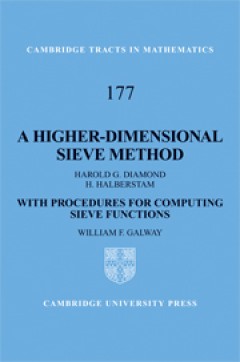
A Higher-Dimensional Sieve Method With Procedures for Computing Sieve Functions
Nearly a hundred years have passed since Viggo Brun invented his famous sieve, and the use of sieve methods is constantly evolving. As probability and combinatorics have penetrated the fabric of mathematical activity, sieve methods have become more versatile and sophisticated and in recent years have played a part in some of the most spectacular mathematical discoveries. Many arithmetical inves…
- Edition
- -
- ISBN/ISSN
- 9780511542909
- Collation
- -
- Series Title
- Cambridge Tracts in Mathematics (177)
- Call Number
- -
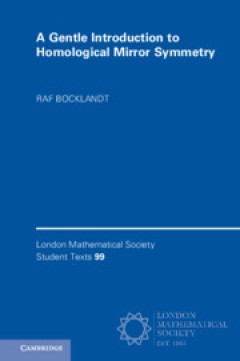
A Gentle Introduction to Homological Mirror Symmetry
Homological mirror symmetry has its origins in theoretical physics but is now of great interest in mathematics due to the deep connections it reveals between different areas of geometry and algebra. This book offers a self-contained and accessible introduction to the subject via the representation theory of algebras and quivers. It is suitable for graduate students and others without a great de…
- Edition
- -
- ISBN/ISSN
- 9781108692458
- Collation
- -
- Series Title
- London Mathematical Society Student Texts (99)
- Call Number
- -
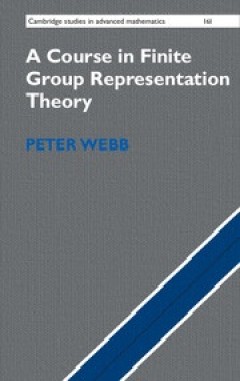
A Course in Finite Group Representation Theory
This graduate-level text provides a thorough grounding in the representation theory of finite groups over fields and rings. The book provides a balanced and comprehensive account of the subject, detailing the methods needed to analyze representations that arise in many areas of mathematics. Key topics include the construction and use of character tables, the role of induction and restriction, p…
- Edition
- -
- ISBN/ISSN
- 9781316677216
- Collation
- -
- Series Title
- -
- Call Number
- -
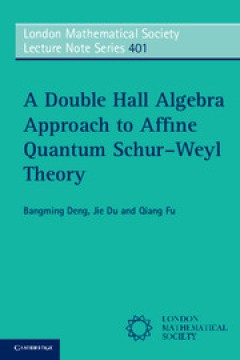
A Double Hall Algebra Approach to Affine Quantum Schur–Weyl Theory
The theory of Schur–Weyl duality has had a profound influence over many areas of algebra and combinatorics. This text is original in two respects: it discusses affine q-Schur algebras and presents an algebraic, as opposed to geometric, approach to affine quantum Schur–Weyl theory. To begin, various algebraic structures are discussed, including double Ringel–Hall algebras of cyclic quivers…
- Edition
- -
- ISBN/ISSN
- 9781139226660
- Collation
- -
- Series Title
- London Mathematical Society Lecture Note Series (401)
- Call Number
- -
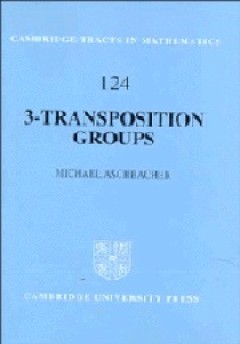
3-Transposition Groups
In 1970 Bernd Fischer proved his beautiful theorem classifying the almost simple groups generated by 3-transpositions, and in the process discovered three new sporadic groups, now known as the Fischer groups. Since then, the theory of 3-transposition groups has become an important part of finite simple group theory, but Fischer's work has remained unpublished. 3-Transposition Groups contains th…
- Edition
- -
- ISBN/ISSN
- 9780511759413
- Collation
- -
- Series Title
- -
- Call Number
- -
 Computer Science, Information & General Works
Computer Science, Information & General Works  Philosophy & Psychology
Philosophy & Psychology  Religion
Religion  Social Sciences
Social Sciences  Language
Language  Pure Science
Pure Science  Applied Sciences
Applied Sciences  Art & Recreation
Art & Recreation  Literature
Literature  History & Geography
History & Geography